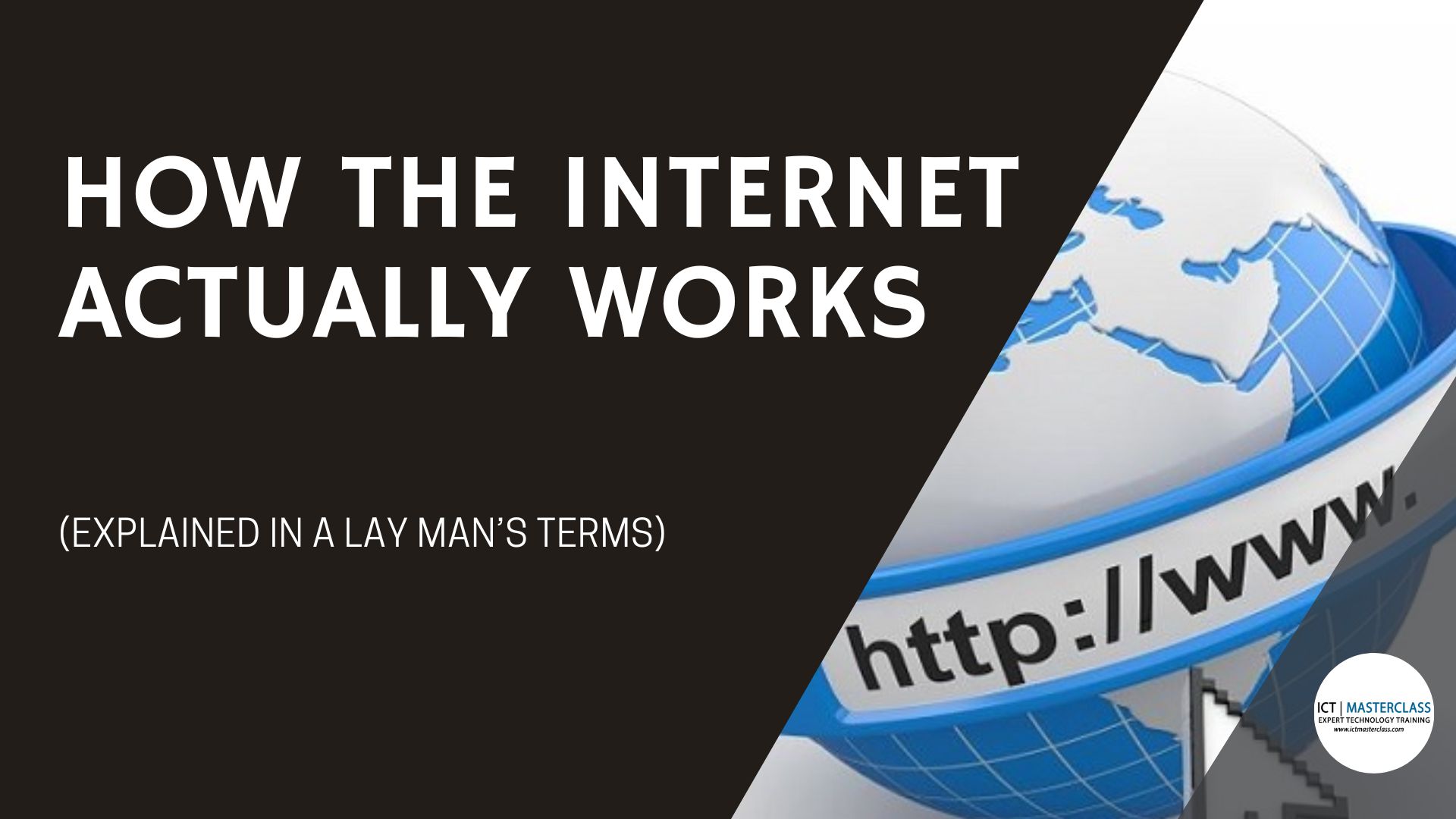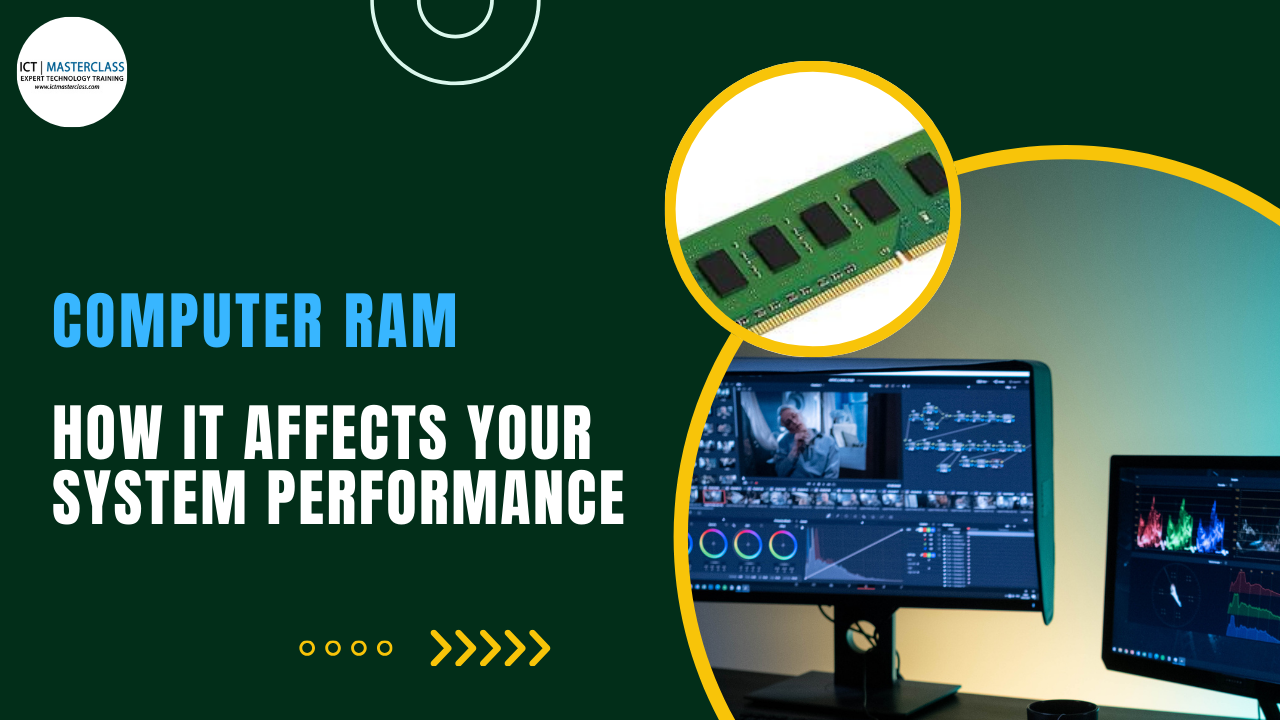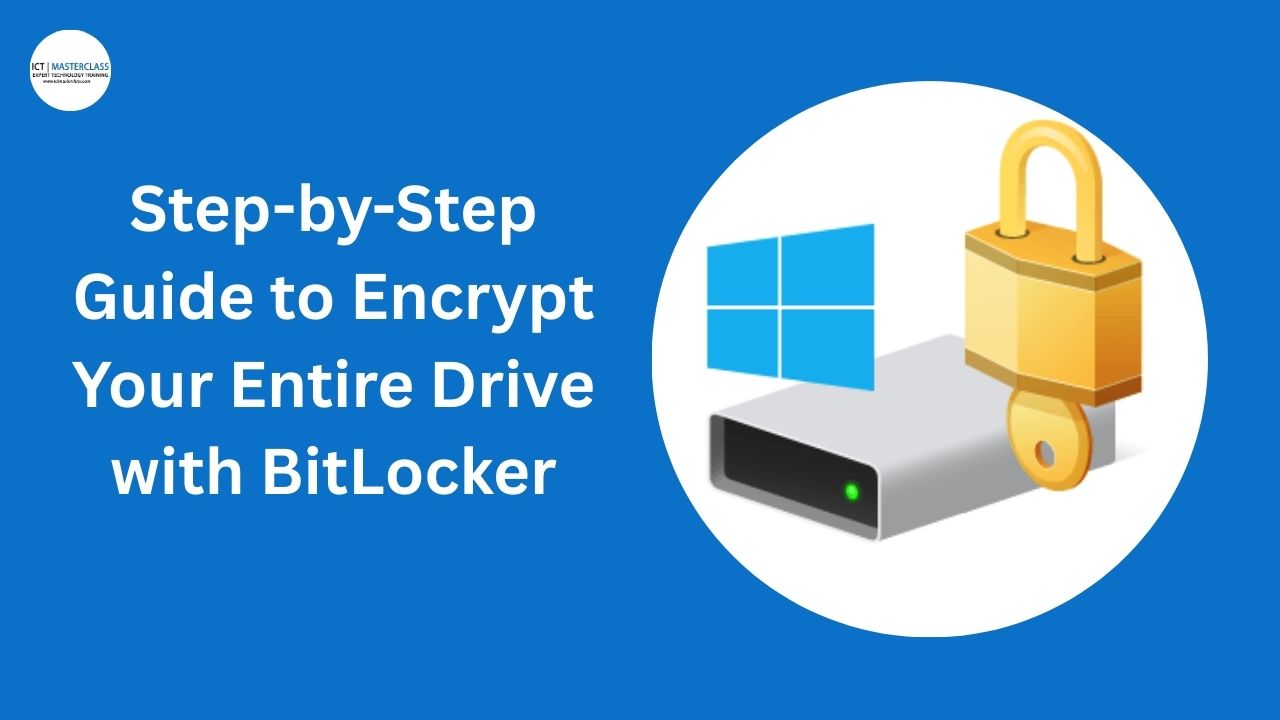How the Internet Works (Explained Simply)

When you hear the word Internet, what comes to mind? For many, it’s something abstract — like a magical cloud floating above us, beaming information down to our phones and laptops. But the truth is, the Internet isn’t as mystical or complicated as it seems.
Let’s break it down together — in a way that makes sense.
What Is the Internet, Really?
Imagine the Internet as a giant invisible highway system made up of wires (lots and lots of wires) that connects computers around the world. If your laptop is in Lagos and you want to visit a website hosted in New York, your request travels through this massive web of connections to reach the computer that has what you’re looking for.
That computer then sends the information back to you. Fast.
So yes, the Internet is very real; it's not floating in the sky. It’s grounded in physical infrastructure: wires, cables, servers, routers, and data centers.
Servers and Clients: Who Does What?
Let’s use a real-world analogy.
Think of the Internet like a giant library. In this library, some special computers (called servers) are the librarians. They're available 24/7, always ready to hand you the information you ask for. Whether it's a website, a video, or your social media feed.
Your phone or laptop? That’s the client — the visitor walking into the library to ask for a book.
So, every time you visit a website, your device (client) asks the server, “Hey, can you show me this page?” The server responds, “Sure! Here are all the files and data you need.”
How Do We Find the Right Website?
If the Internet is like a giant library, it must be tricky to find the exact website (or "book") you need, right?
That's where DNS (Domain Name System) comes in. DNS is like the Internet’s phone book — or more accurately, its GPS.
Here's how it works, step by step:
-
You type
google.cominto your browser. -
Your computer requests that your Internet Service Provider (ISP) locate it.
-
The ISP sends the request to a DNS server, which looks up the actual IP address of
google.com. (An IP address is like the GPS coordinates for a website.) -
Once it finds the right IP address, your browser connects directly to that server and fetches the webpage for you.
And all of this happens in a split second. Amazing, right?
🔍 Try this yourself: Visit nslookup.io and type in
google.com. You’ll see the actual IP address your browser uses behind the scenes.
But What About the Oceans?
You might wonder: if websites are hosted around the world, how do we access them across different continents?
That’s where undersea cables come in. Yes, the Internet runs under the ocean.
These are massive, high-tech cables laid across the ocean floor that connect countries and continents. You can even explore them visually on submarinecablemap.com.
Inside each cable are hundreds of fiber optic strands, each transmitting data via light — at speeds of up to 400 gigabytes per second. These cables are responsible for most of the world’s Internet traffic. Every time you stream a video or open a website hosted abroad, signals are traveling through these cables, across oceans, at the speed of light.
So the next time you load a webpage, remember: that data probably zipped through the bottom of the Atlantic Ocean to get to you.
Key Takeaways
-
The Internet isn’t a cloud; it’s a vast network of physical connections, mostly wires and fiber optics.
-
Servers store and serve data; clients (like your phone or laptop) request it.
-
DNS servers help translate human-friendly web addresses into machine-friendly IP addresses.
-
Undersea cables carry most of the world’s Internet data across continents at lightning speed.
Why Should You Care?
Understanding how the Internet works helps demystify the technology you use every day. Whether you're building your first website or just curious about what happens when you click a link, this knowledge gives you a powerful edge.
And if you're diving into web development, this is just the beginning.
In our next post, we’ll break down how websites actually work so you can start creating your own.
See you there!
ICT Masterclass: Helping you make sense of the tech world one concept at a time.
You may also like
Comments
No comment yet









